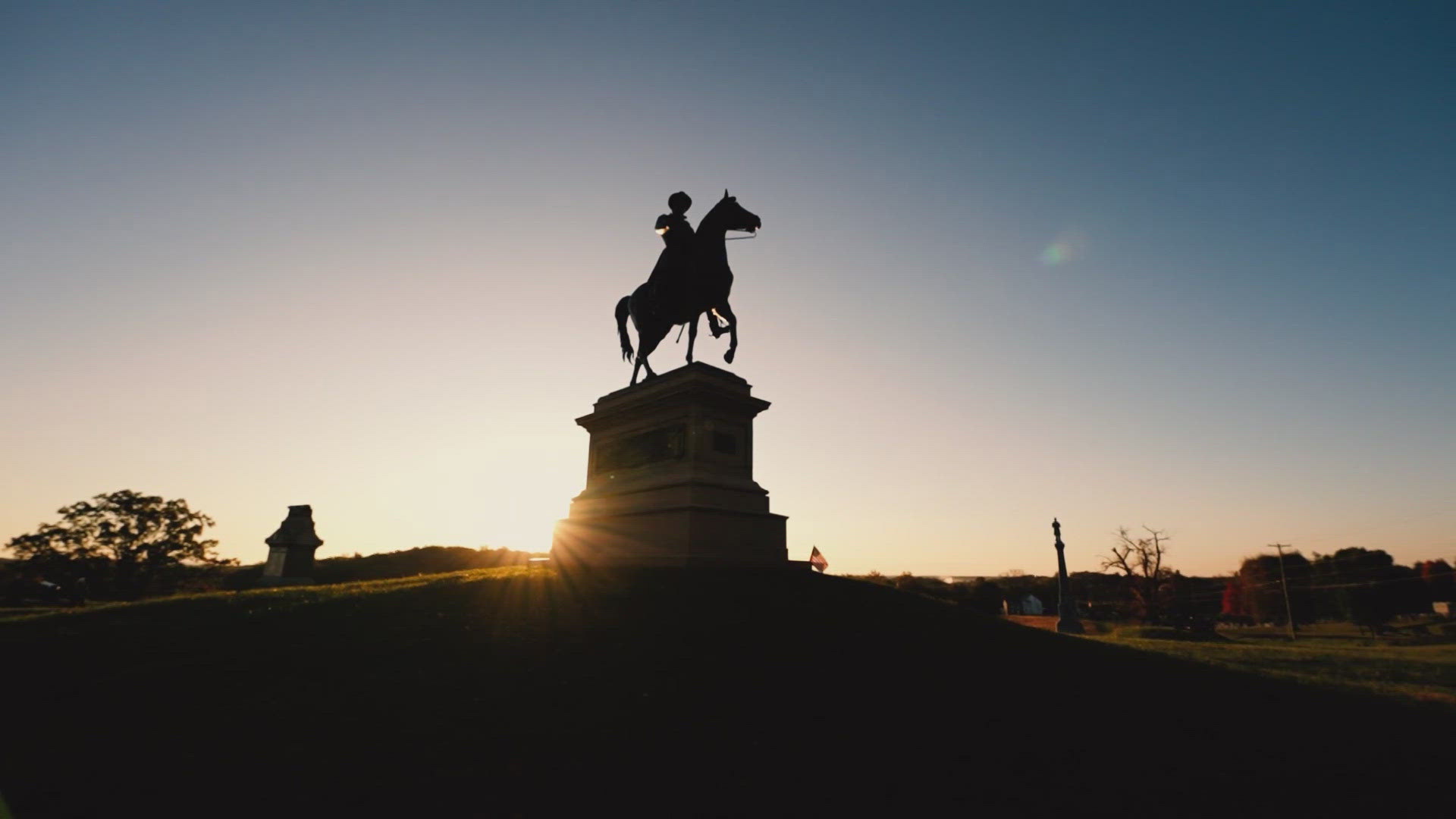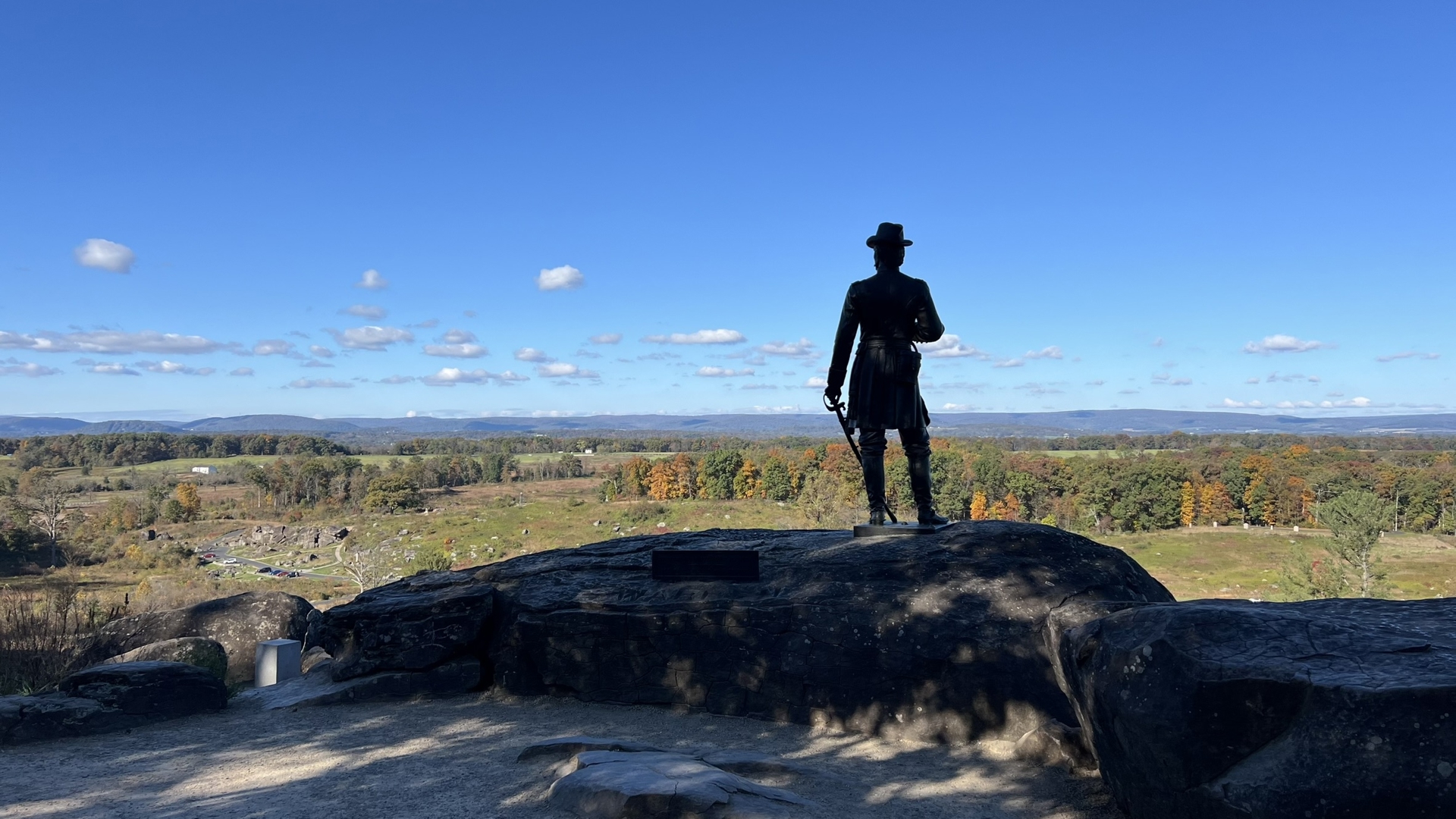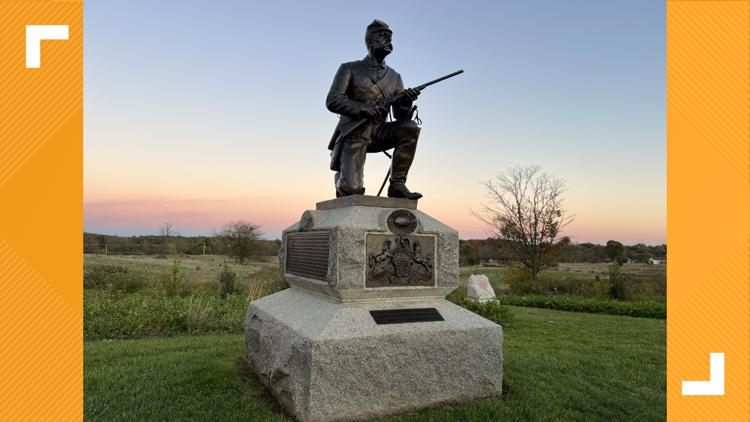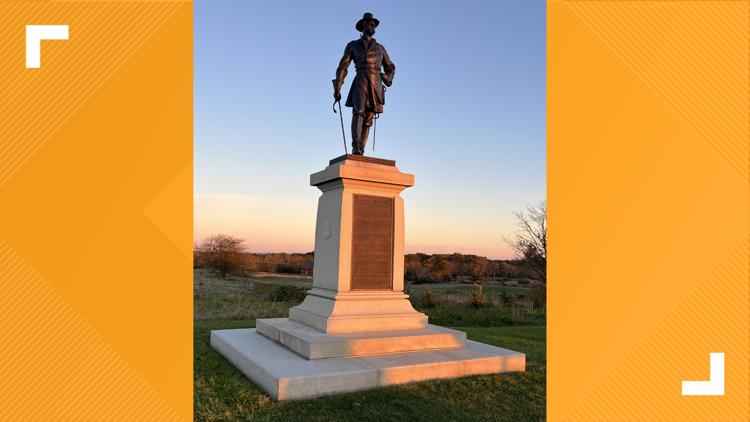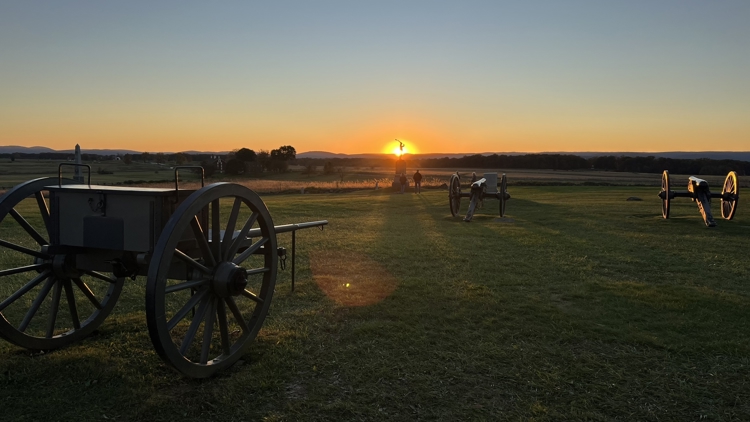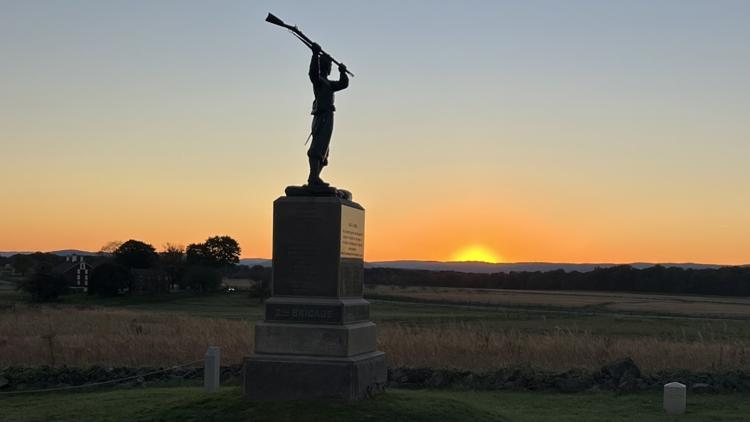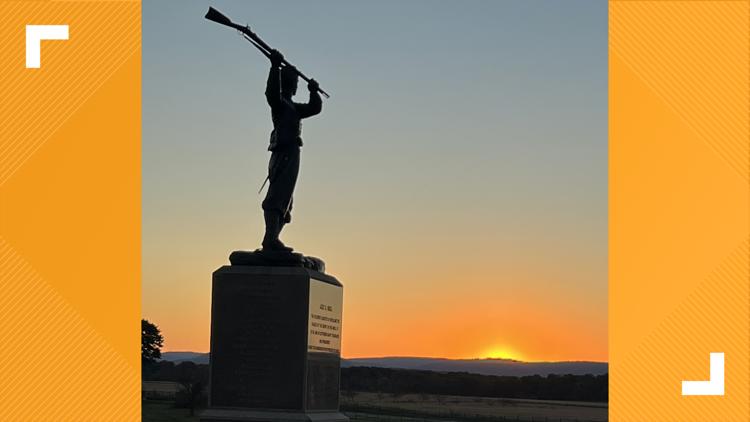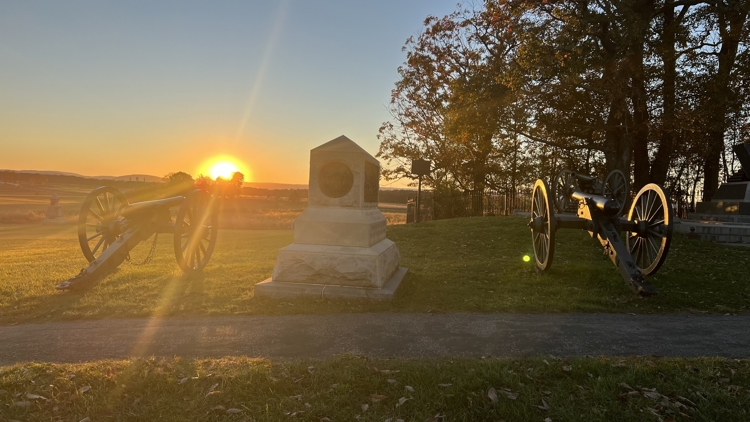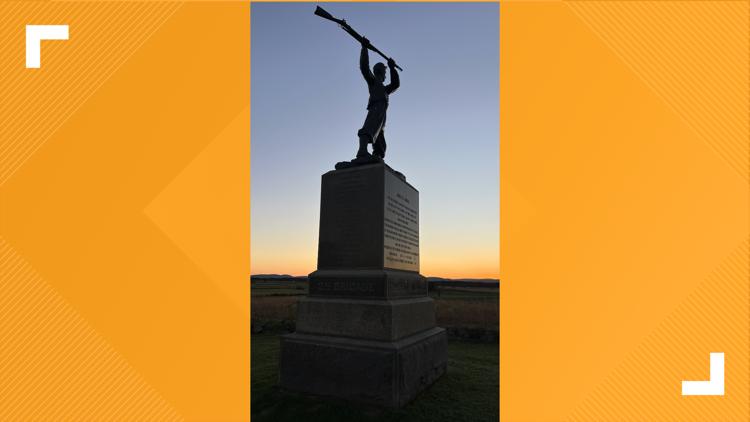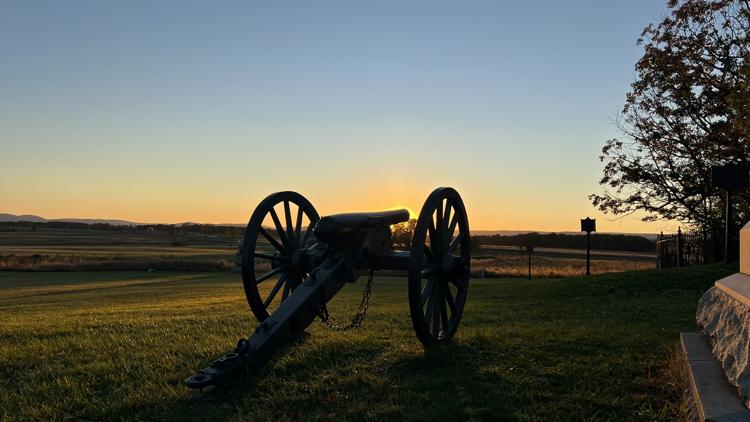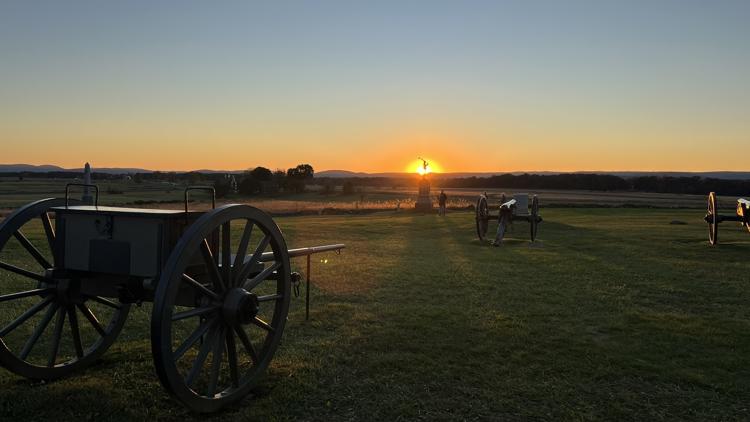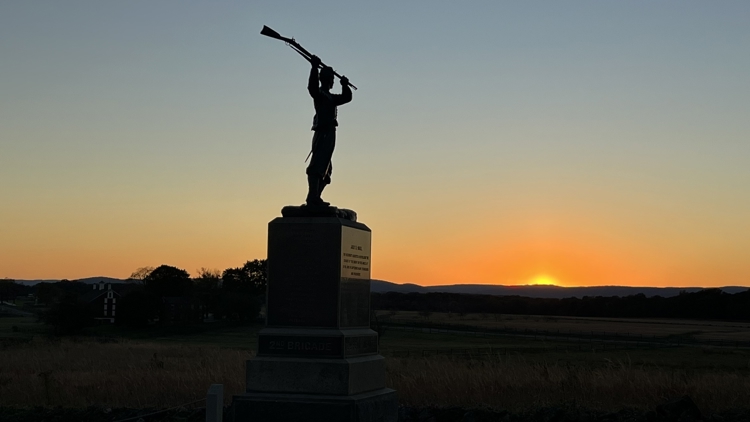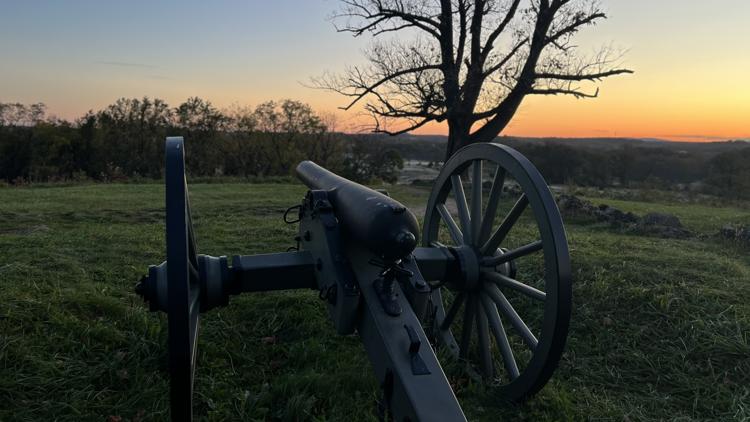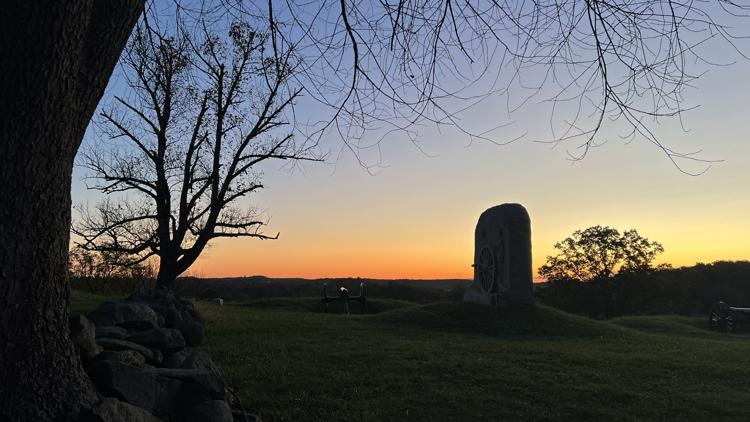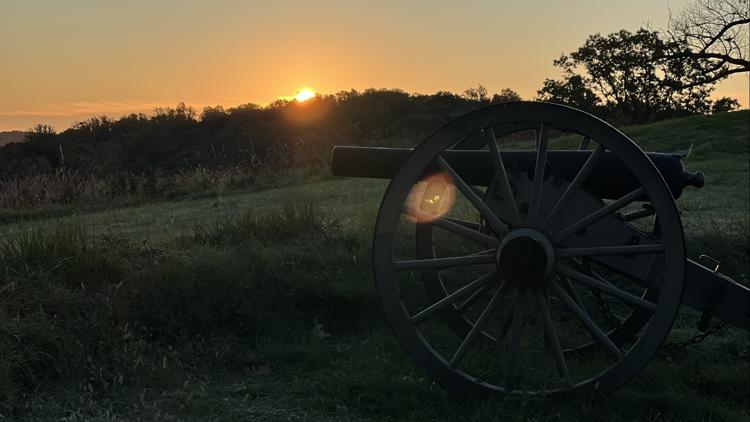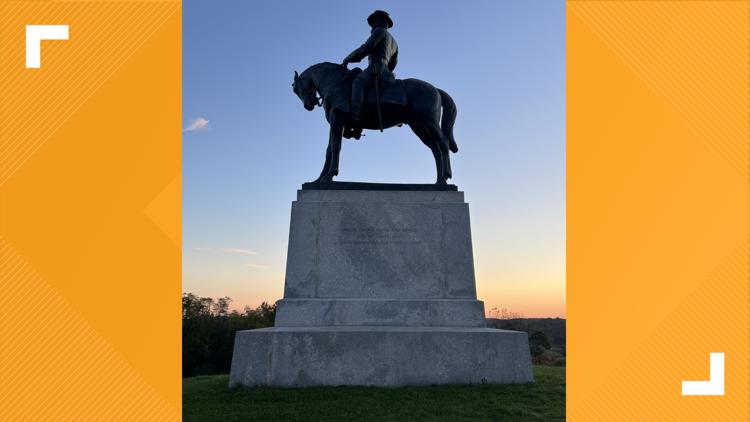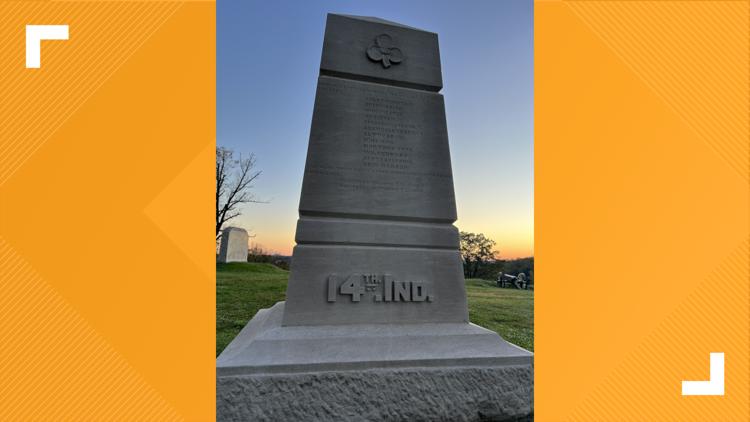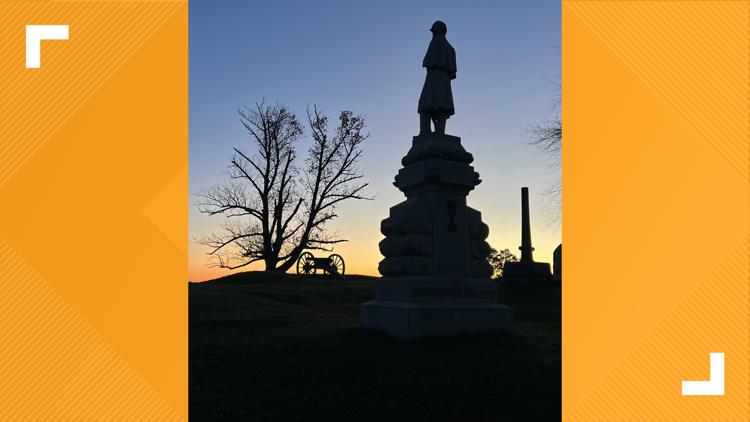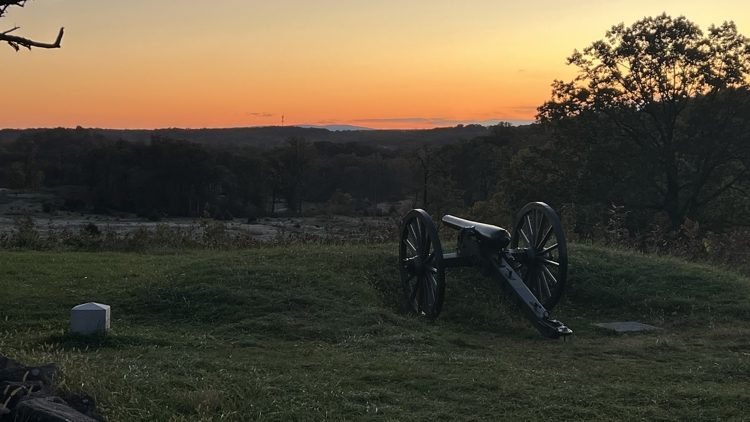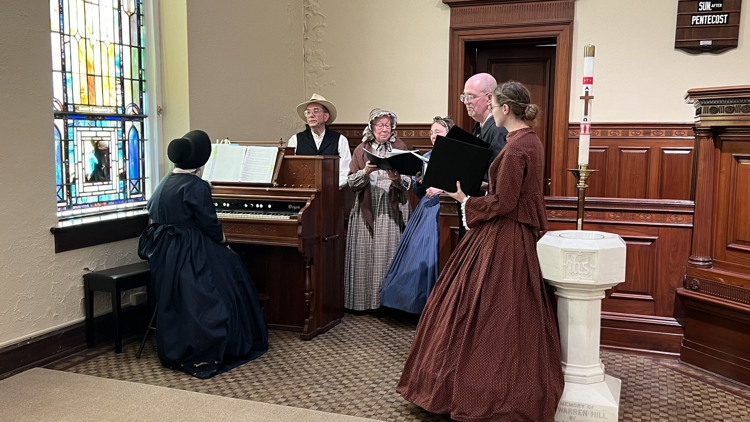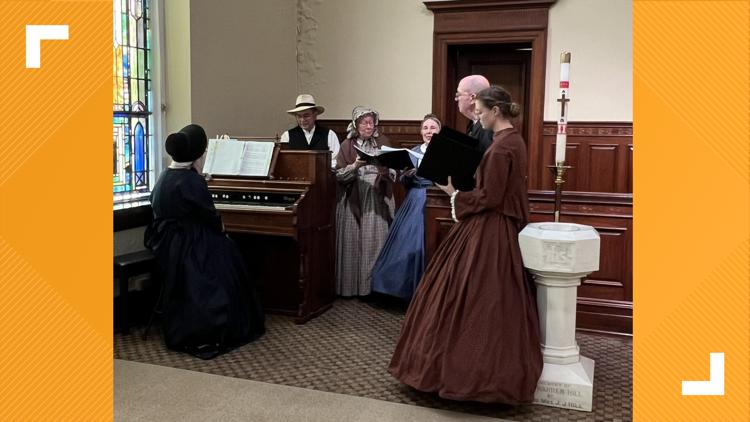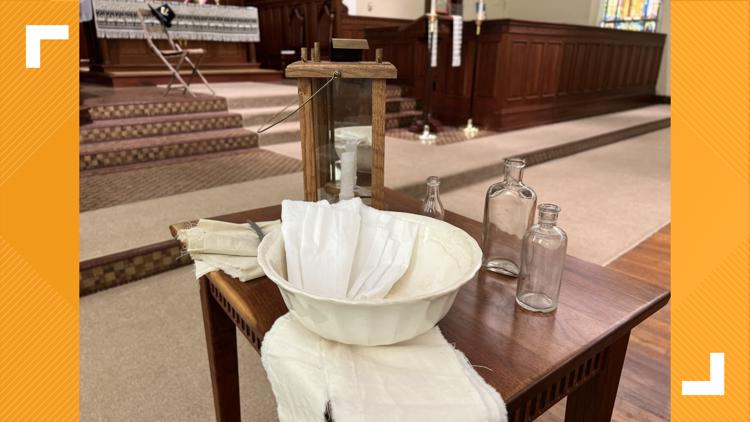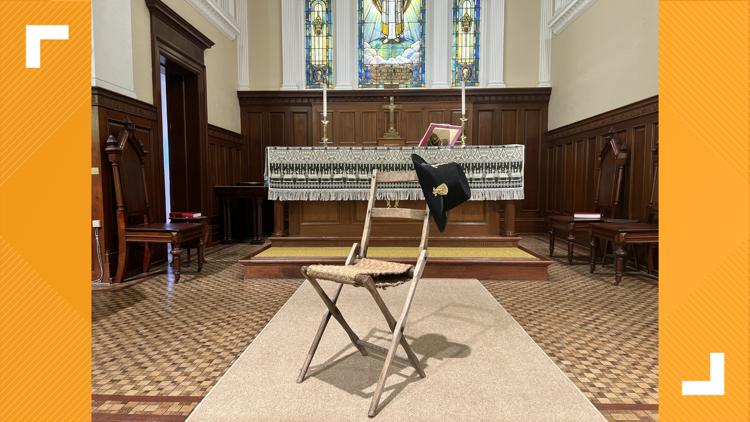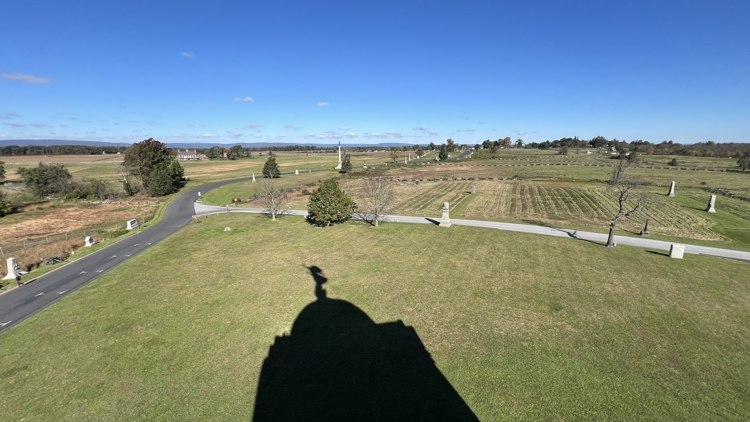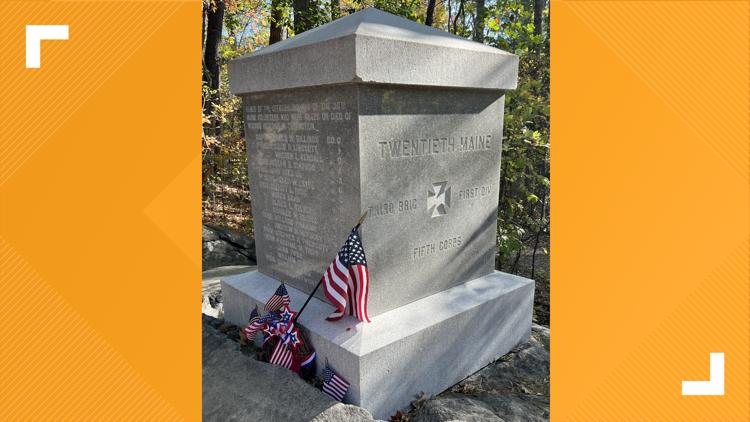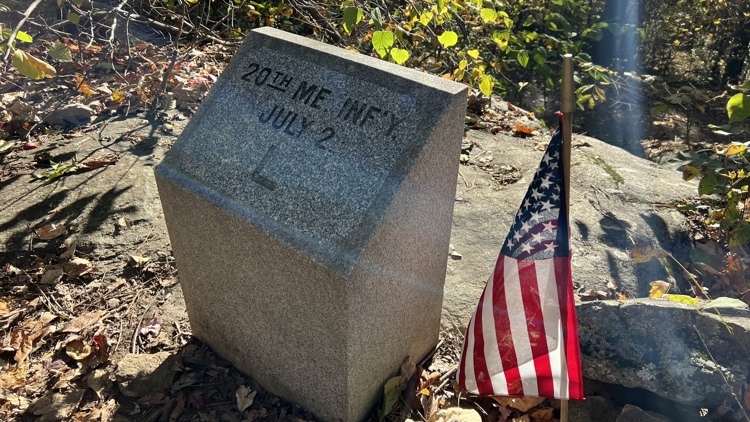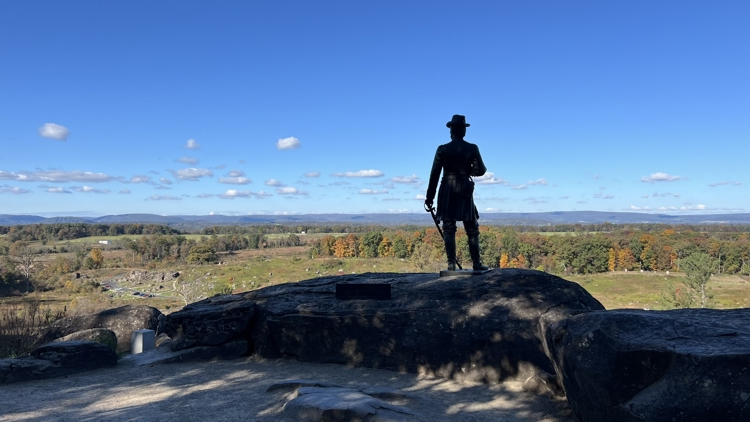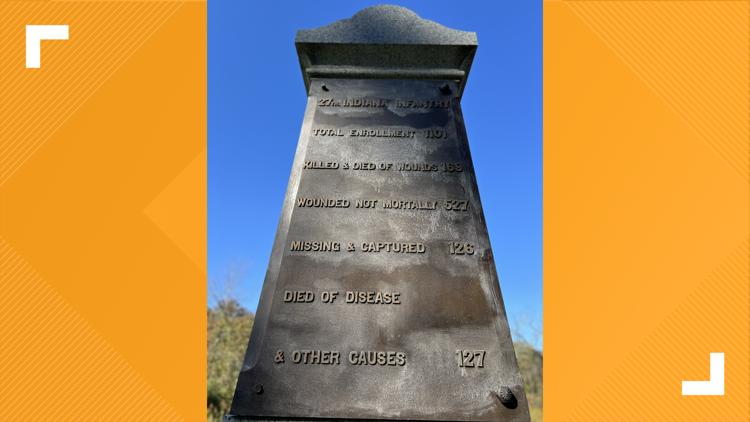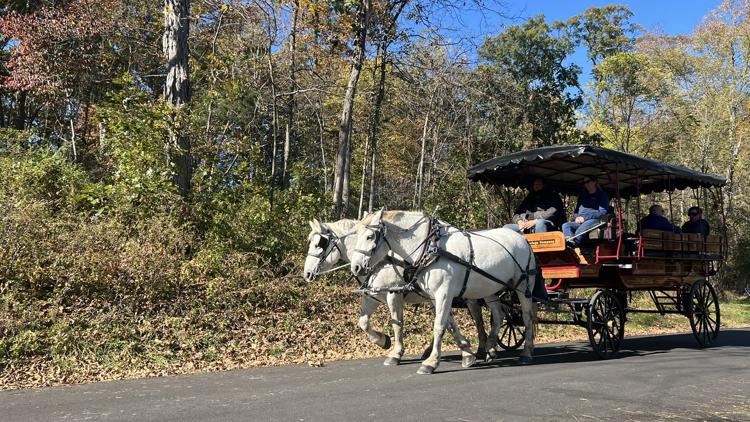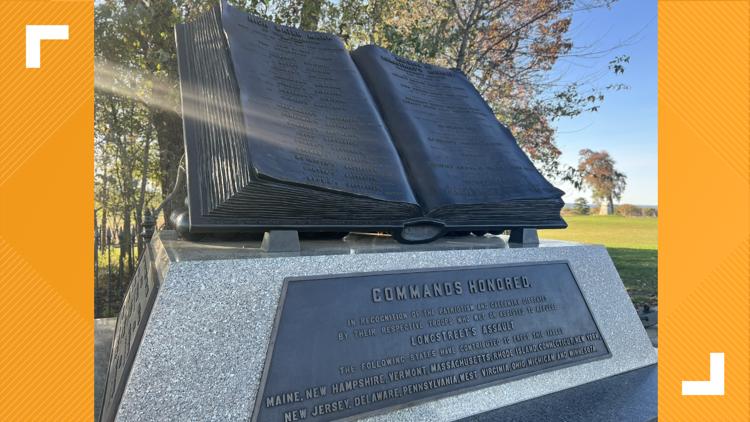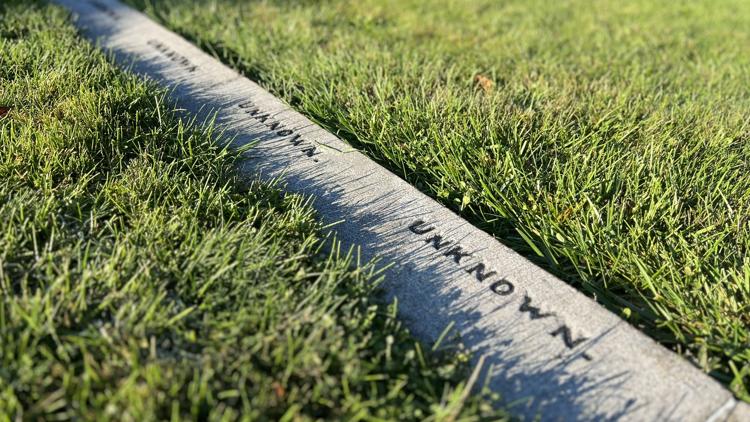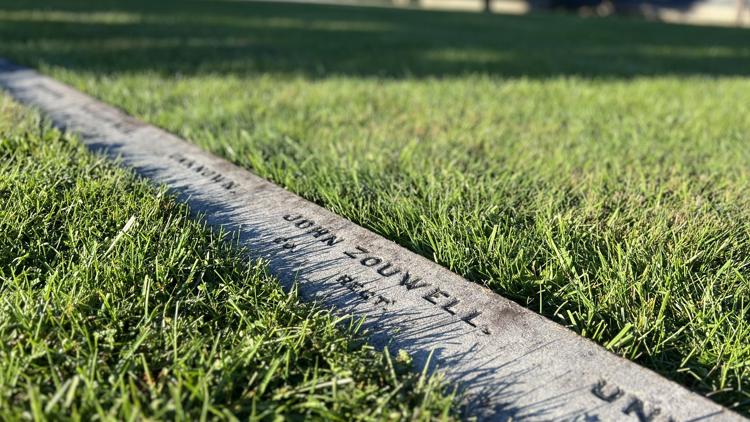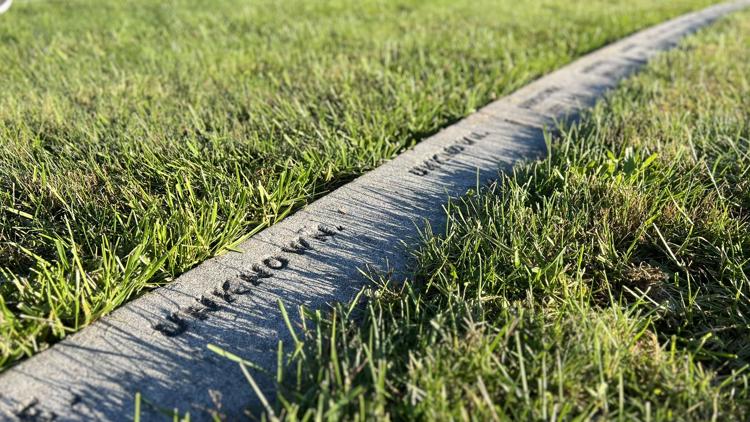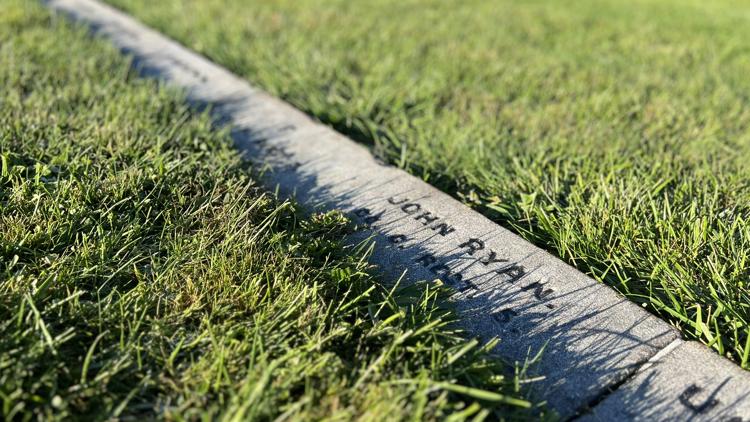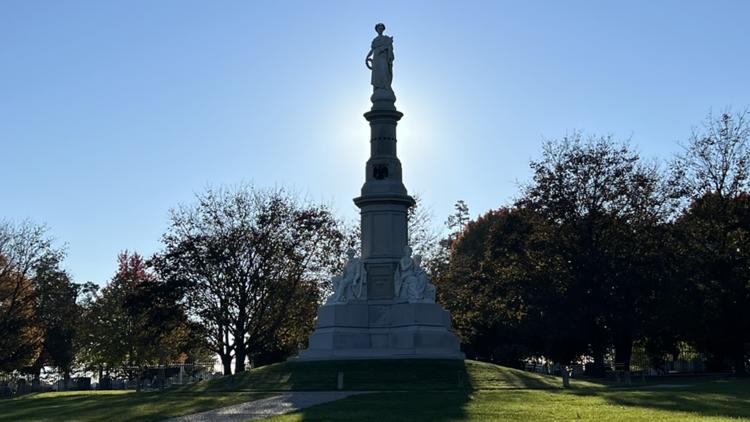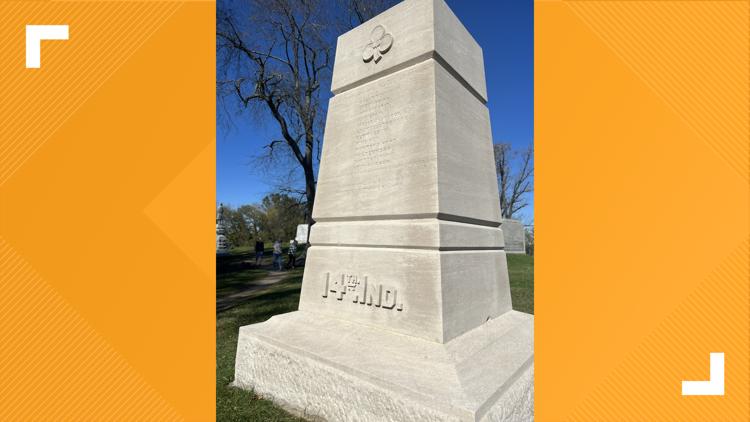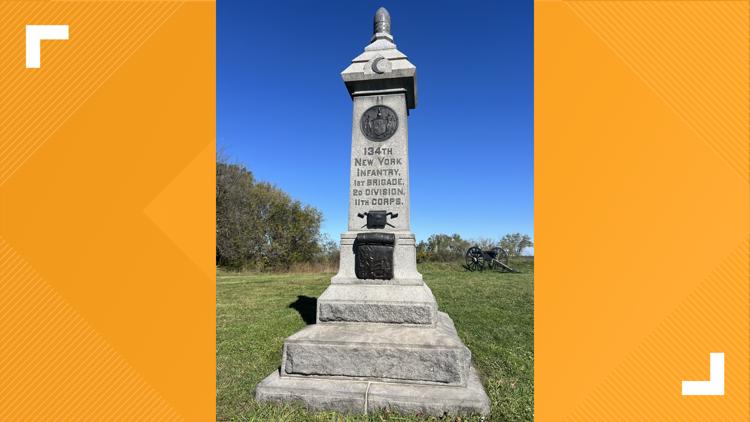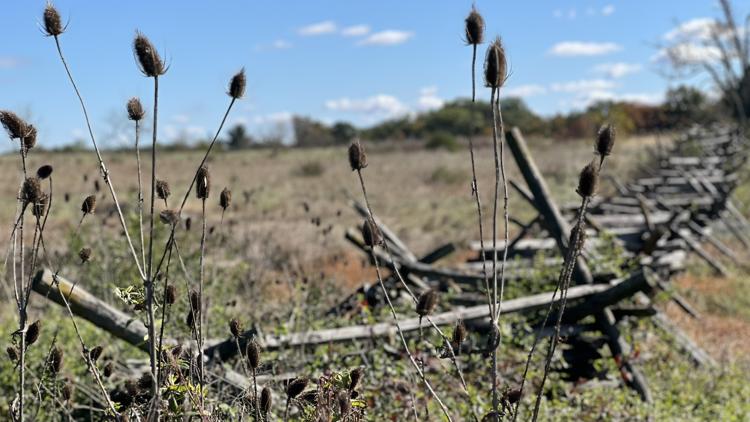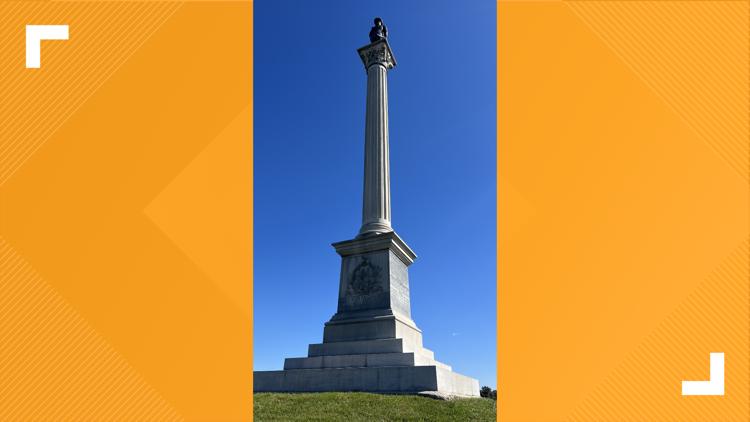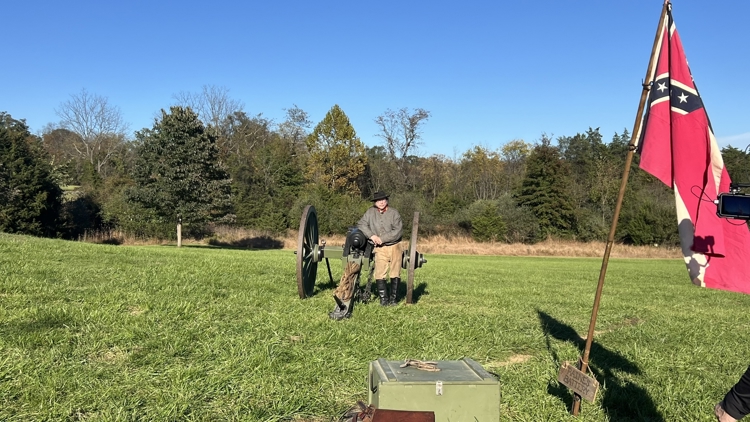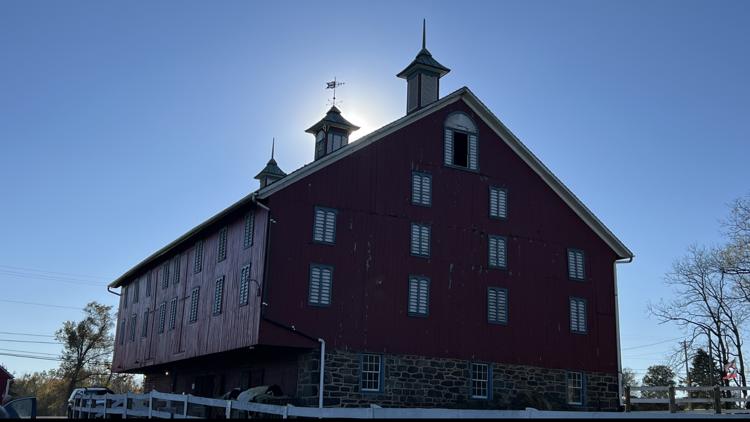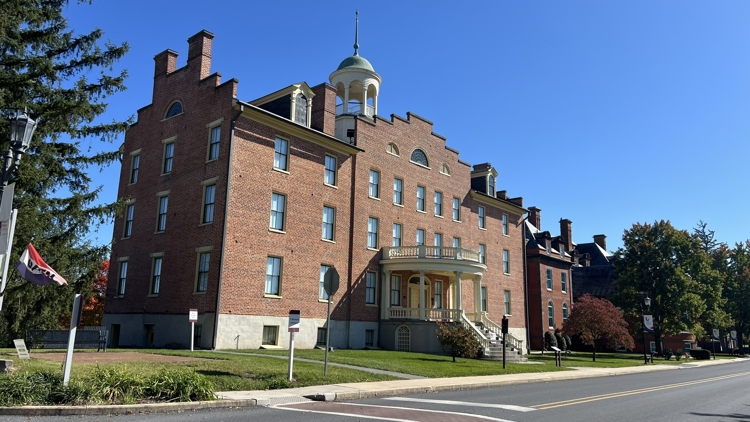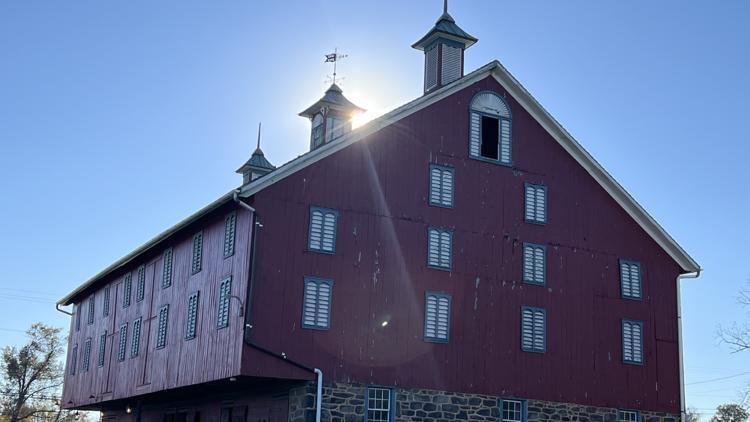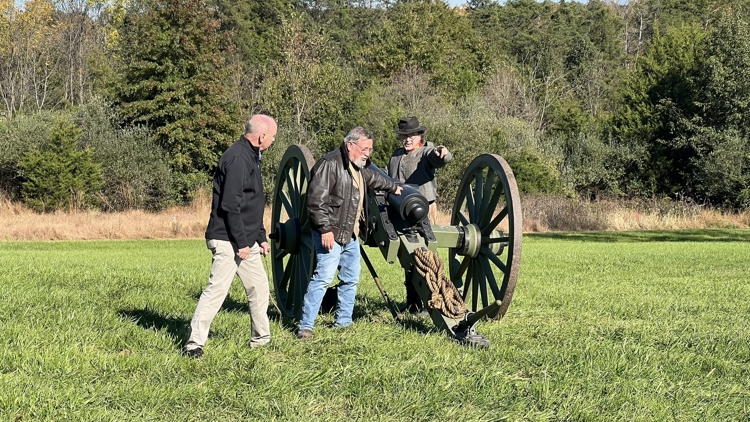GETTYSBURG, Pa. — Gettysburg.
Just the name evokes emotion, and in many, more questions than answers. This place was the site of the most important battle of the Civil War. In a three-day battle between Union and Confederate forces, the war changed dramatically. With the Union overtaking Confederate forces, the tide of the war changed, and our country was never the same.
Gettysburg was America's bloodiest battle with, in just three days, 51,000 casualties. The Gettysburg National Military Park hosts 1 million visitors per year from every continent on the globe. Jason Martz is the battlefields communication specialist for the park, and he sees that even now, 161 years later, Gettysburg brings out so many different kinds of emotions.

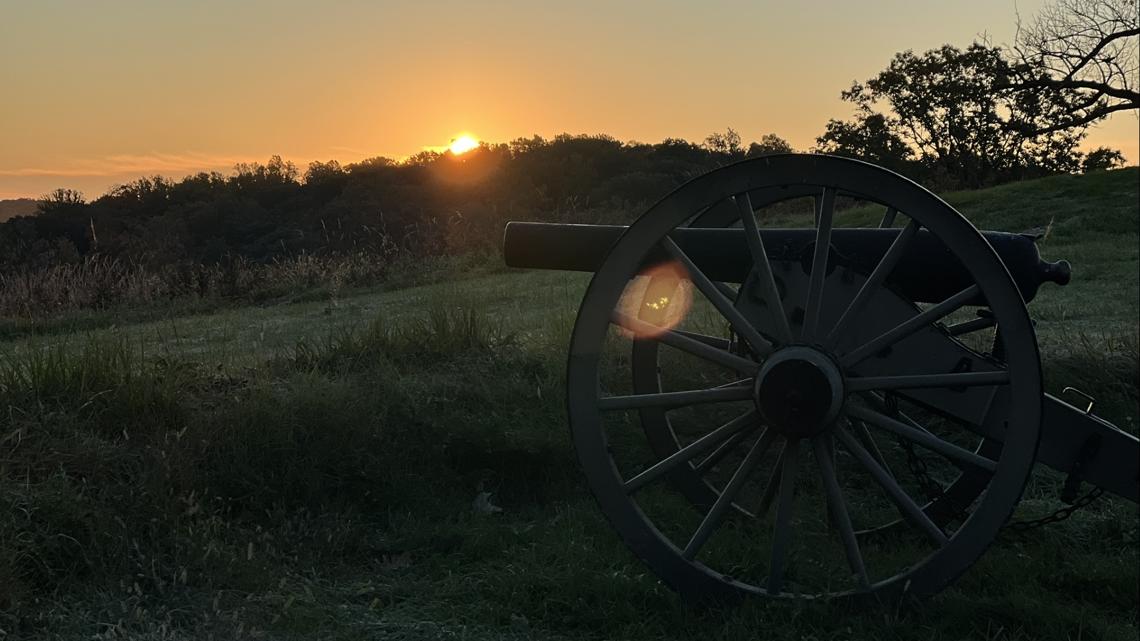
"When a visitor comes here, whether it be for the first time, the 10th time, the 100th time, the sense of being awestruck is very common," Martz said. "Knowing that you are able to stand and to walk and to journey in the footsteps of the soldiers who were here for those fateful three days in 1863 really gets a lot of visitors very, very choked up because of the ability to get that close and be right there, in essence, with those soldiers."
Guests have been coming to the battlefield for years, seeing the memorials, hearing the stories and seeing a place where heroism and horror shared the same ground.
"Absolutely... the heroism, obviously is on both sides," Martz said. "That is the story that we tell. This was a battle that happened here in July 1863 between two opposing armies from essentially what amounted to two opposing countries, for four years, and that's the story we tell. There's heroism on both sides, but there's also an incredible amount of horror. Not only during the battle, but certainly after the battle as well."
To walk on these grounds, one can only imagine the sense of impending doom many soldiers felt. Cannon fire, technology that trumped tactics and even fixed bayonet fighting all were parts of the three-day battle. Before the Battle of Gettysburg, the Confederates were gaining the upper hand. After it, the tide turned to the Union – but not without a terrible cost in lives.


"I don't have words, I think, to fully describe what Gettysburg means to the nation," Martz said. "I couldn't possibly begin to explain it because I think to every person who comes here, that idea is going to be different. It's going to be unique. But Gettysburg has its place in American history in a very unique way. This was the only war that was a civil war that American fought American. Over the course of four years, this wound up in hindsight, the soldiers didn't know it necessarily at the time, but this wound up being roughly in the middle of the Civil War."
Martz said it also ended up being a bit of an arc.
"What I mean by that is the Confederate Army, leading up to July of 1863 for the previous two years, had been on an arc that was essentially going up," Martz said. "Gettysburg is kind of at the summit of the apex, and after that, their curve, their arc started to go down. It was here that really the countries, the people, the soldiers began to realize that the Confederacy may not be able to win this war and that the United States would eventually be able to come back together again once this war – this very bloody war – finally came to a conclusion in 1865."
More than 1,000 different markers or memorials illustrate every moment of the battle, and every state involved is represented, most honoring their war dead.


Martz said the battlefield is like none other.
"Everything is unique here at Gettysburg. The size is just over 6,000 acres, and it really encompasses an entire section of Adams County, here in and around the town of Gettysburg," Martz said. "There are more than 1,300 monuments and markers, from the smallest of markers that may only be about the size of a small box, all the way up to massive monuments, domed monuments that that would maybe remind you more of something in downtown Washington, D.C., like the Thomas Jefferson Memorial, that you can actually go up into, and view from an observation tower, from an observation level inside these monuments. It's really a unique place."
Martz said because of where the monuments are located, you can keep track even if you don't know much about the battle.
"You can really follow along if you kind of know what to look for. This winds up being, in many cases, a bucket list location that every American should and probably wants to visit at least once in their lifetime to truly understand what was at stake for the country, what was at stake during that war, and what was at stake during just this battle," Martz said.
To appreciate what this place was like, it is really necessary to put away our perceptions of the world in 2024 and to, somehow, imagine life in 1863 — a different time and a much different world.
Chuck's Big Adventure in Pennsylvania: Gettysburg
"One of the issues, one the hurdles that we have to do as staff here at Gettysburg National Military Park is to attempt to communicate with a present-day visitor and say, 'You have to put all of that modern stuff, those things that make life easy and convenient, like automobiles, grocery stores, your cellphone, even the clothes that you're wearing...put it all aside, take a step back and realize how much different this country was in 1863 and during the Civil War from 1861 to '65, the clothing was different," Martz said.
From where you get your food, to where you get clean water to drink, to how you get from point A to point B, so many major aspects of life were so drastically different.
"You marched in many cases, or if you were lucky enough, you had a horse or maybe you were you were part of transporting goods an Arsenal, you know, elements of the of the war," Martz said. "Maybe you were on a carriage of some kind or a buckboard or something like that. Well, that takes time, and in the case of a battle like this, it's very possible that that messenger never makes it back to you, or never makes it to the person that you meant to get that communication to in the first place. So there's a lot of conversations that were had that were never finished. And in the midst of a battle, having those types of conversations is critical. So then versus now, night and day."
Most visitors come here and ask the same questions, including: Why were there so many casualties?
"What we have during the Civil War are tactics that had been used for really generations that go back 100, probably hundreds of years during, at least in our case here in the United States, the Revolutionary War, the War of 1812, where you basically have soldiers marching shoulder to shoulder in a position against the enemy, and you would march," Martz said.

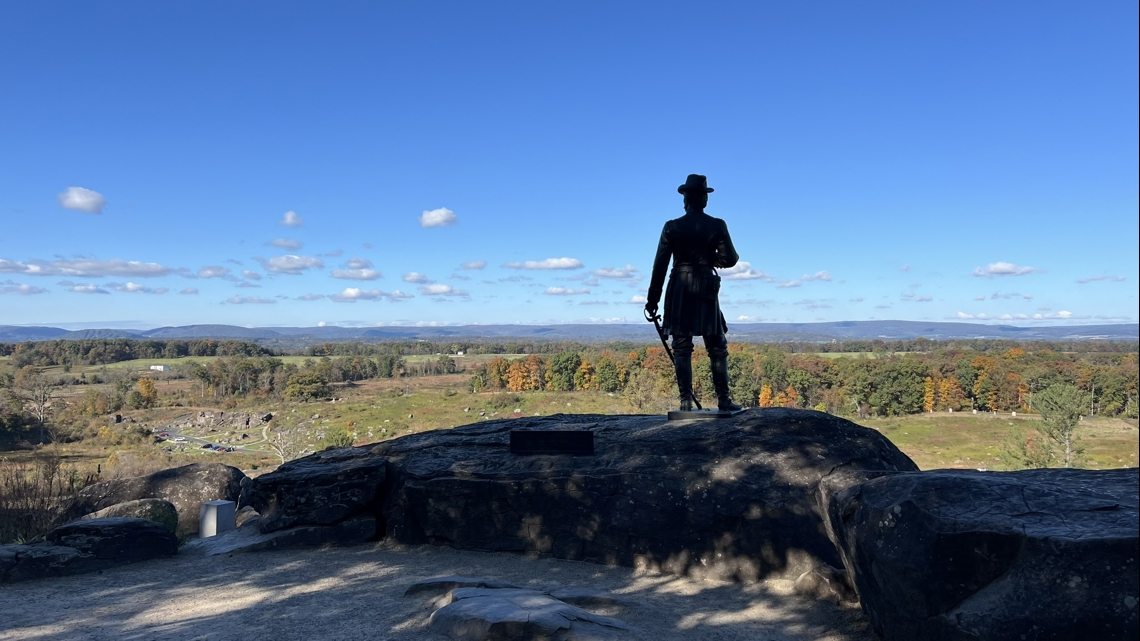
Regarding the old saying that, "you don't fire until you see the whites of their eyes," Martz said there's a clear explanation for that.
"That's because the weapons that they were using weren't that good," Martz said. "They weren't that accurate. So, you had to be close, and you had to fire in mass 50 guys all at once, 100 guys all at once to even make a dent, if you will, in your enemy. And because any injuries and knock them out of the battle. But so much technology had been advancing by the time that the Civil War rolls around, that the old tactics and the new weapons really came to a head during the Civil War. And that's why you see the casualty rates being so high."
When the war ended, there were amendments to the U.S. Constitution added to ensure that we would never get here again. To see Gettysburg, where brother fought against brother, where the idea of a United States as a country could survive as something more than just an idea, is extremely moving. The people who run the battlefield say that every American should come here at least once in their life.
It is a way to realize, by viewing this sacred ground, how much freedom cost.

